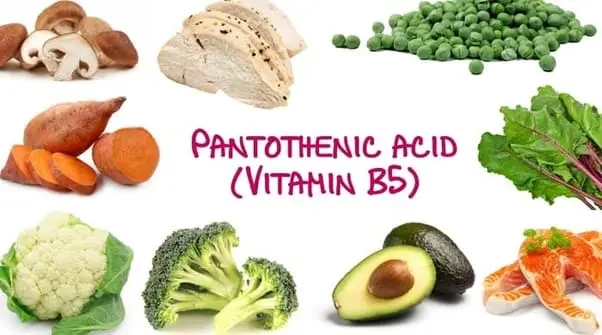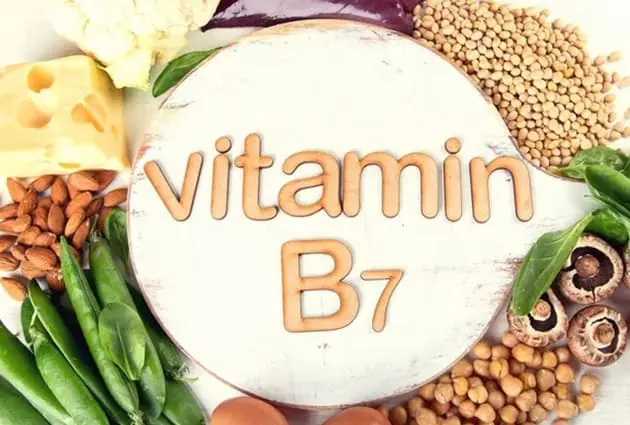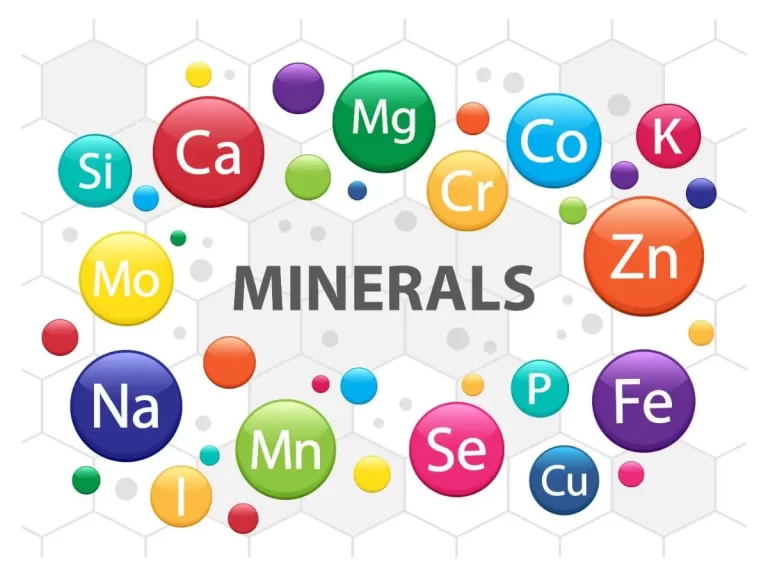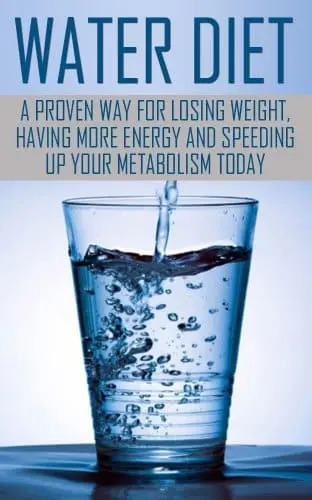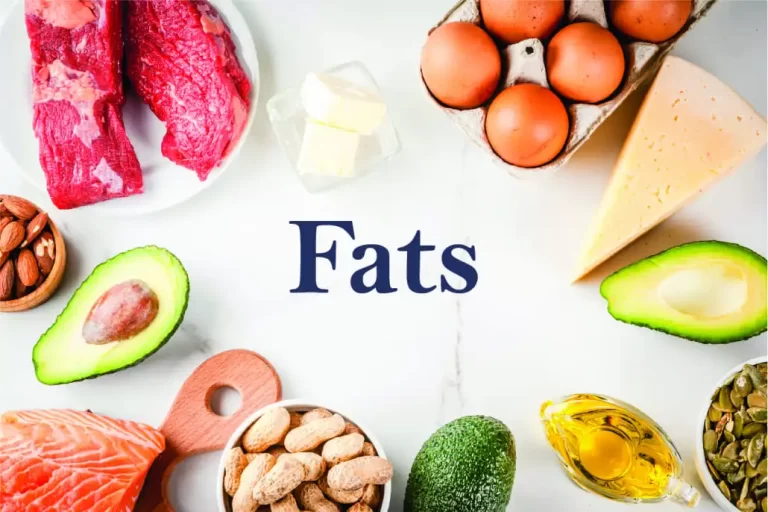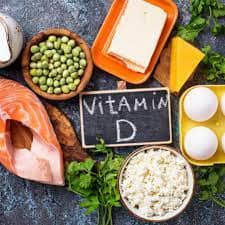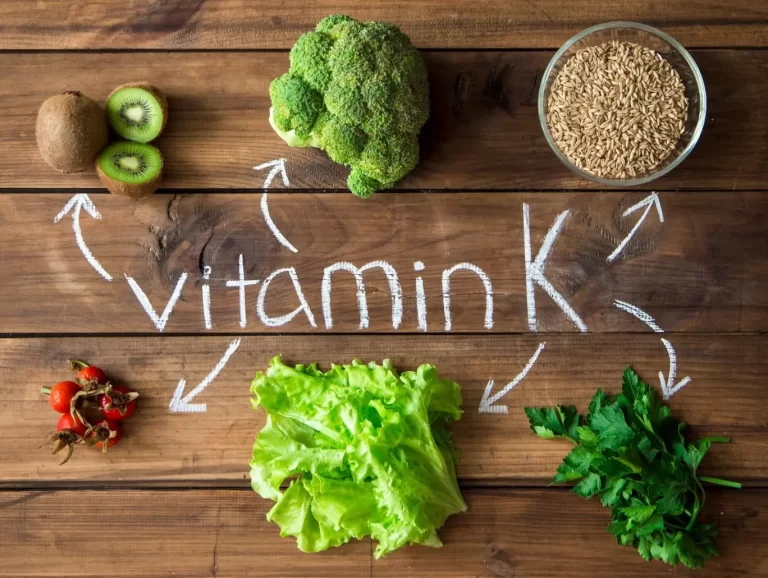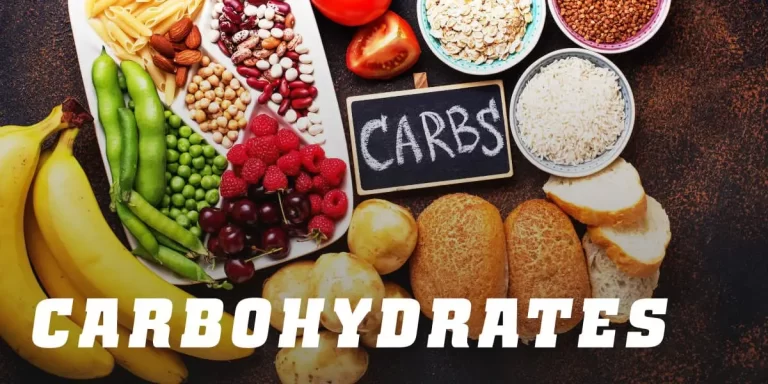Vitamin B3 (Niacin)
Introduction Niacin, or vitamin B3, is a member of the vitamin family that comes in three forms, or vitamers: nicotinamide (also known as niacinamide), nicotinamide riboside, and niacin (also known as nicotinic acid). The body transforms all three forms of vitamin B3 into nicotinamide adenine dinucleotide (NAD). Humans cannot produce NAD in their bodies without…


